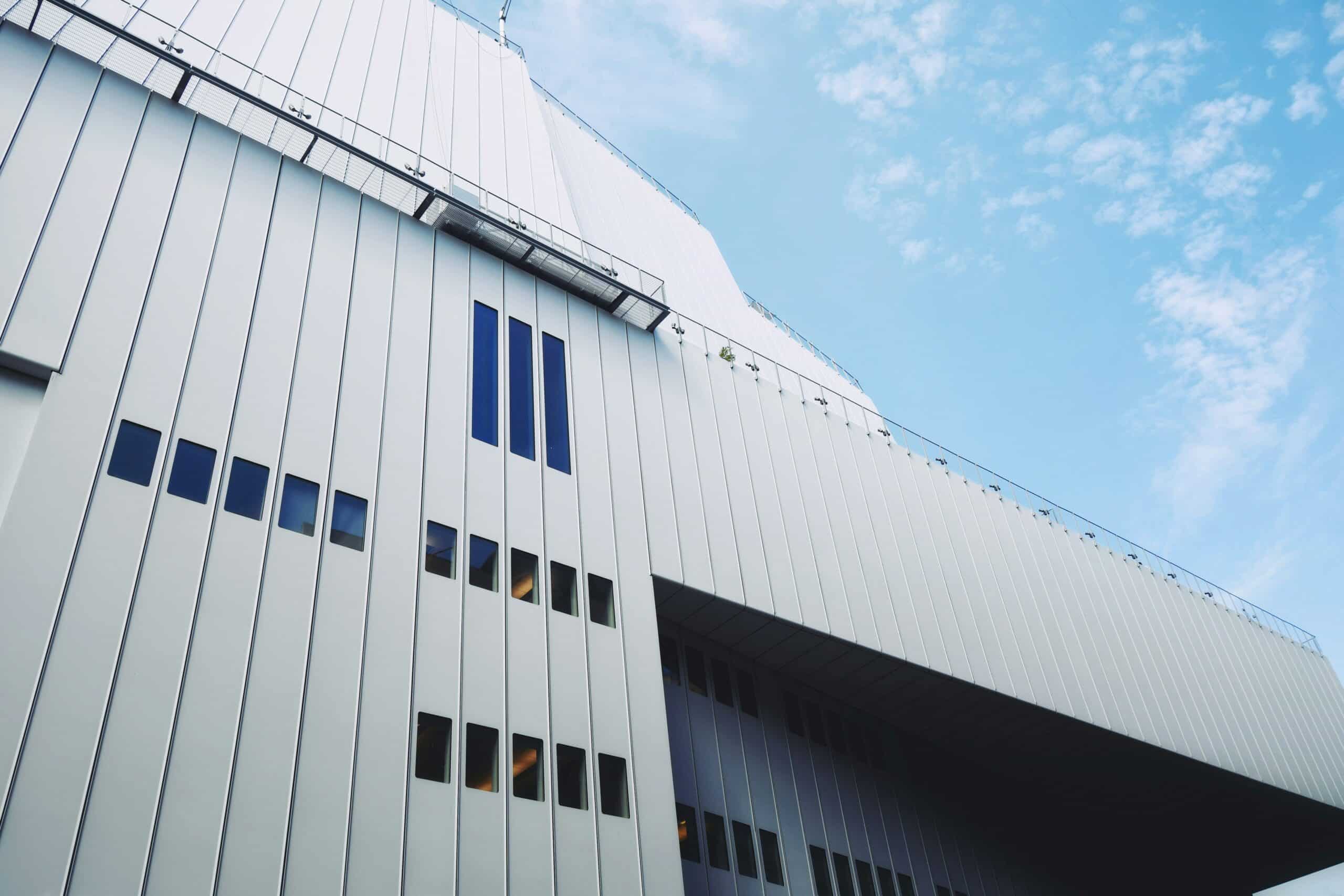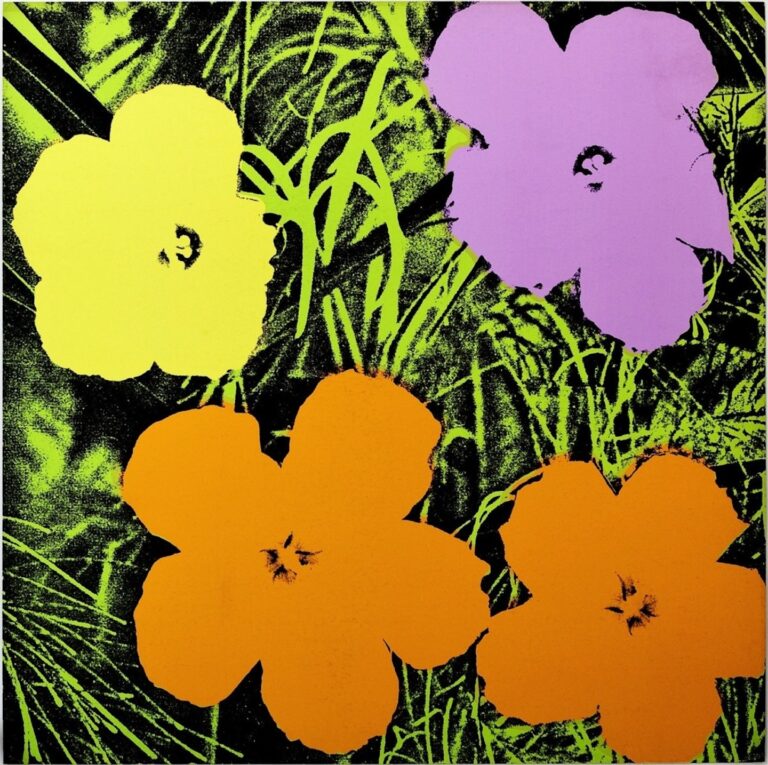What does it mean to live in a modern, mediated world? This year’s 81st edition of the longstanding Whitney Biennial in Manhattan attempts to provide an answer to this complicated, entangled question of autonomy. As with past iterations, this survey show focuses on contemporary American artists, which range from those with established careers to those just emerging in the creative landscape. On the website, the description for this year’s show reads:
“The exhibition’s subtitle, Even Better Than the Real Thing, acknowledges that Artificial Intelligence (AI) is complicating our understanding of what is real, and rhetoric around gender and authenticity is being used politically and legally to perpetuate transphobia and restrict bodily autonomy.”
I will admit that I was hesitant about the inclusion of AI in the Biennial’s thesis. Perhaps I have simply grown desensitized, and to a certain degree adverse, to rhetoric on digitization and its consequences on our world and all its functions. I felt that this realm of artistic dialogue was overdone as opposed to subversive. Yet, the artists featured in this exhibit occupy a distinct tension with their work: they view art as a means of resistance, yet they also seem to distance themselves from traditional notions of what ‘resistance’ means, especially in the American status quo. Captivation is paired with fatigue; feelings of urgency are not so far removed from feelings of slowness.
With this curatorial and artistic milieu in mind, the following artists and works interested me most:
Jes Fan's Abstracted Anatomy
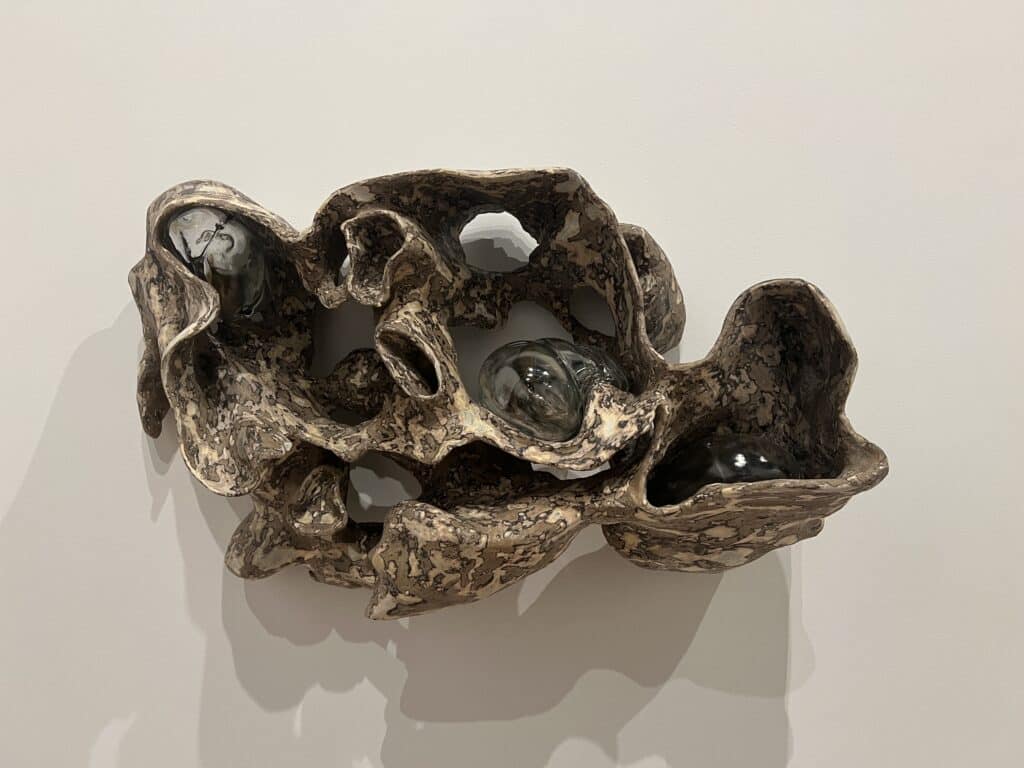
Jes Fan’s work in this year’s Biennial was perhaps my favorite contribution to this year’s curatorial premise. Their abstract yet anatomical creations call attention to perceiving the body and its many parts outside of its normative, biological confines. There is also a diasporic component to Fan’s practice that manifests in these sculptural creations, which expresses notions of otherness and queerness that are not only intrinsically tied to the artist’s own identity, but also address greater, growing frictions in the world at large.
Lotus L. Kang's In Cascades
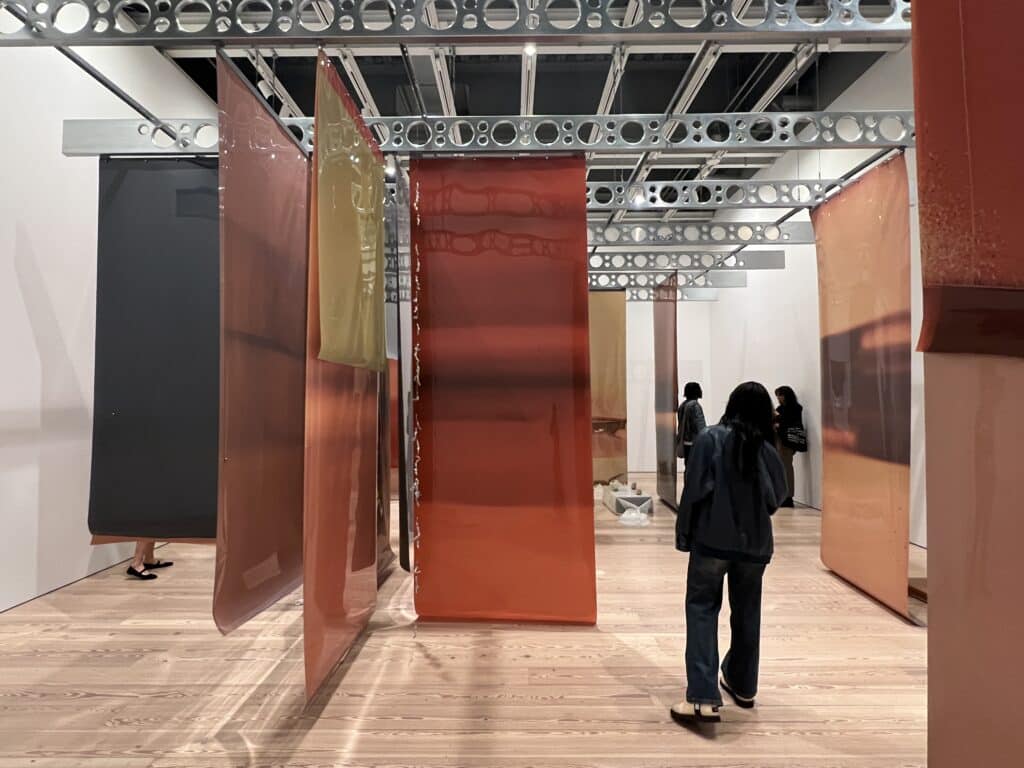
Lotus L. Kang showcased her In Cascades series at the Whitney: a room filled with floor-to-ceiling-hung film strips, among other smaller pieces, that engage with intertwined questions of human and environmental transformation. What is most striking to me about this installation is its intimate organicism despite its large, expansive scale. In a way, the sensitivity of the film material presents each strip as a body in and of itself, a unique backdrop for interactions between the material and the immaterial, continuity and disruption, the self and its surroundings.
The end result is a project that never ceases to change, just as how processes of “becoming” are never truly complete and always subject to cycles of instability.
Dala Nasser's Adonus River
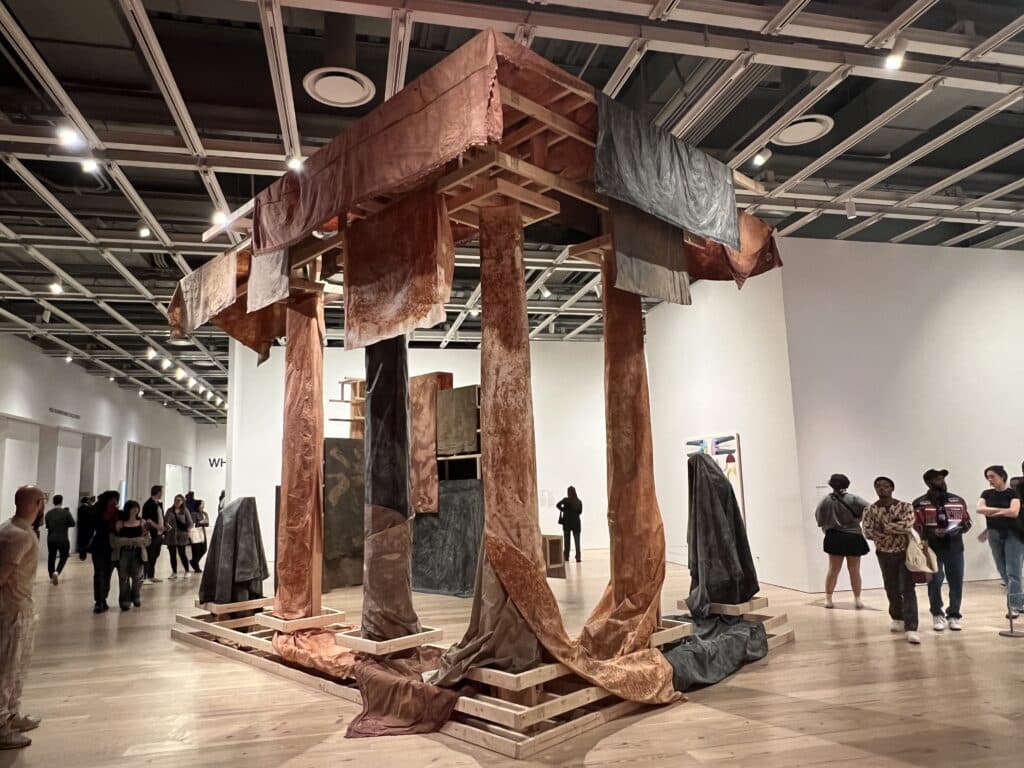
Adonis River is nothing short of monumental. It takes center stage on one of the floors of the museum and consists of a reimagination of past experience, a reconstruction that both maintains its historicity while simultaneously depicting it implicitly. Dala Nasser’s work is about power, but it is also about ruin. It is about ritual, but not without labor. It is about worship, but sacred acts rooted in tempos of sacrifice and mourning.
Isaac Julien's Once Again...
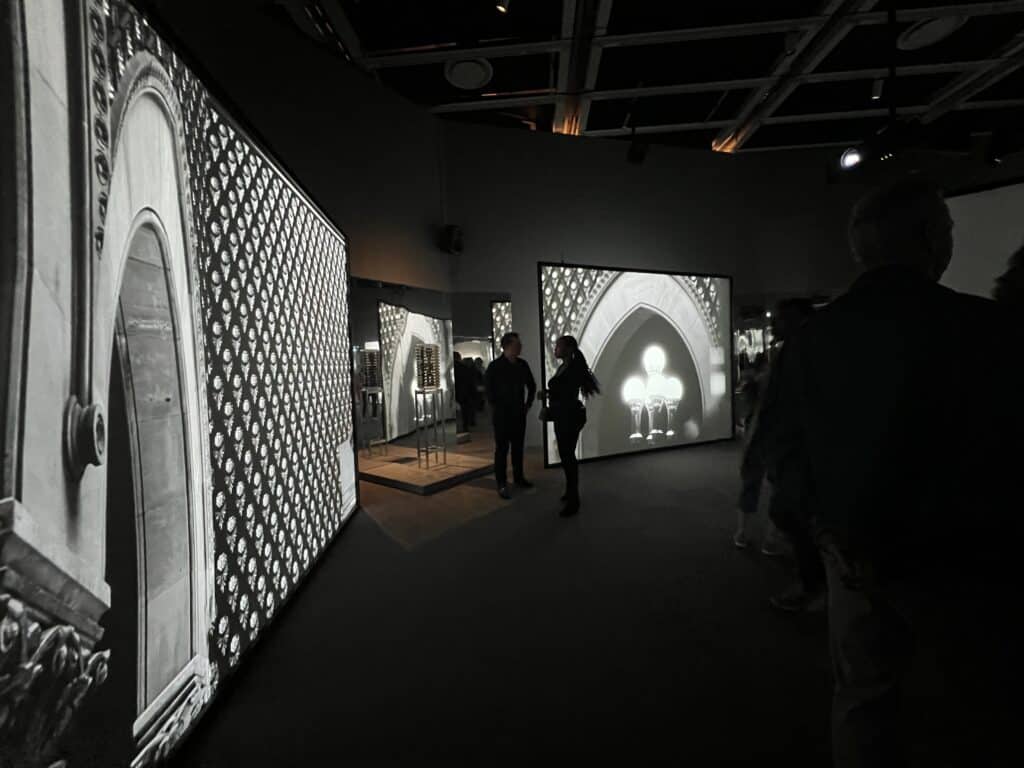
Spanning five screens, Once Again . . . (Statues Never Die) by Isaac Julien delves into the life and ideas of Alain Locke, a philosopher, educator, and cultural critic of the Harlem Renaissance. It’s been a while since I’ve been truly struck by a video work, but Julien’s exploration of perspective and narrative lingered with me long after I left the dark room littered with carefully placed screens.
This Whitney Biennial installation was not merely a fascinating retelling of history but, more importantly, a critical reconceptualization of art historical themes often pushed to the peripheral. In this work, they are granted agency and space to shine.
